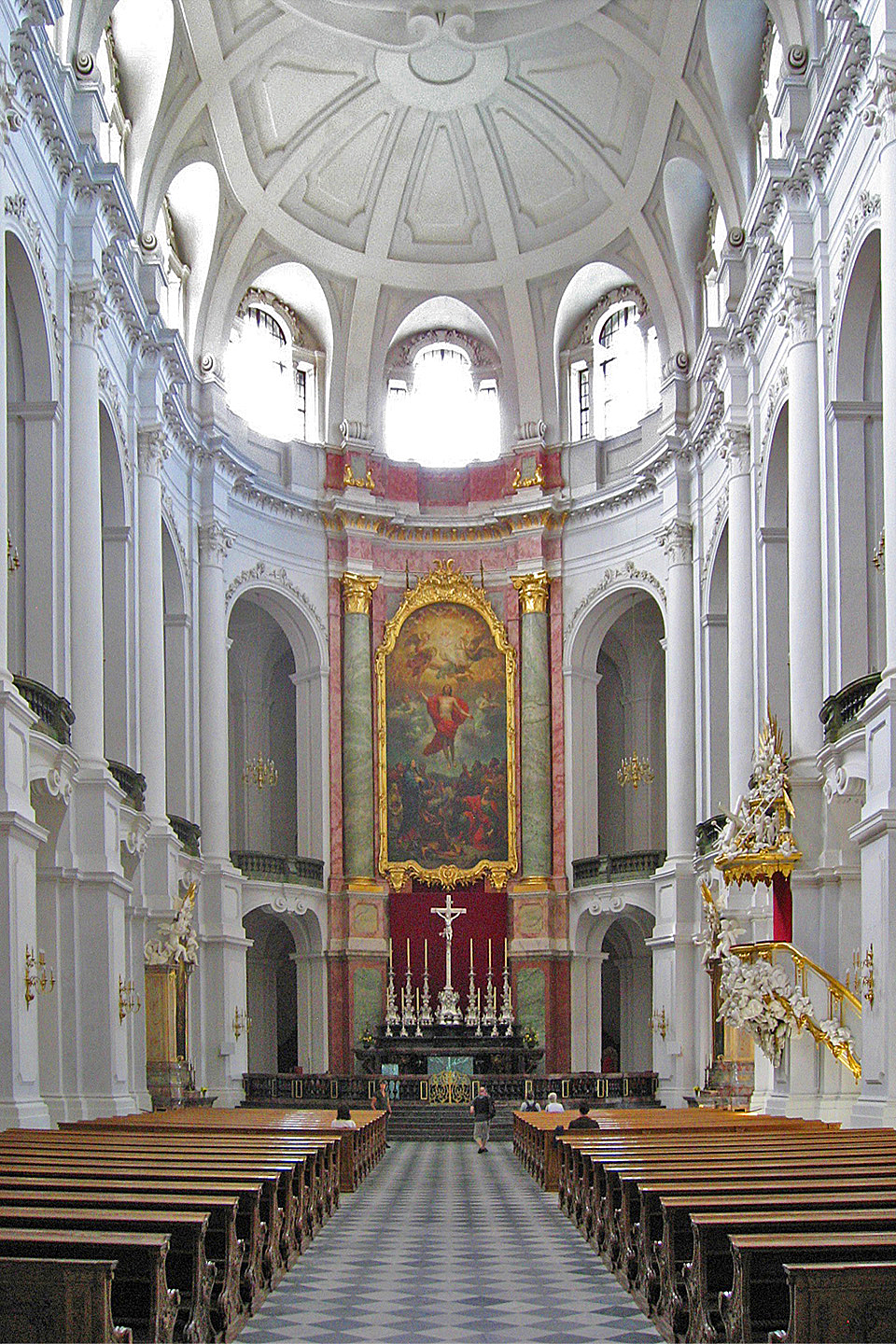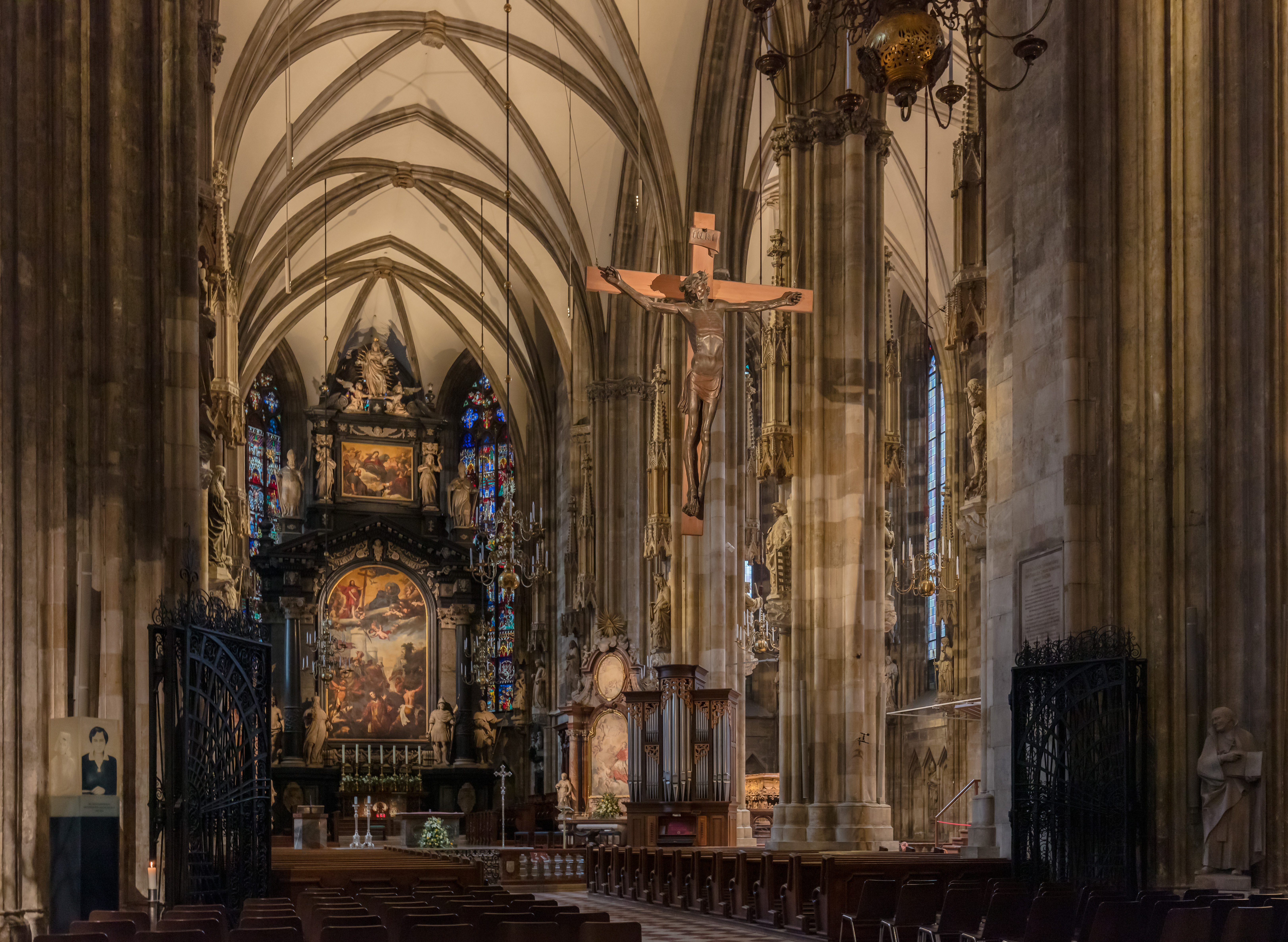The craft techniques and customary practices of cathedral workshops, or Bauhütten, in Europe, know-how, transmission, development of knowledge and innovation.
“Bauhütten” are workshop organizations created during the Middle Ages on the spot, on construction sites of cathedrals. Since the art of building became more and more complex, and its decorations turned towards a more elaborate art, there was a need for cathedral builders to collaborate. At the same time, the constructions required more time from workers, who were itinerants builders until then.
Workshops were created because of these reasons. First, it was a workplace, but also a home to many workers who suddenly became local builders. Thus, many workshops were really close to their respective cathedrals, and had outbuildings to live in. But the main reason of being of these workshops was to organize and collaborate. In a Bauhütten, there were stonemasons, sculptors, plasterers, carpenters, scaffolders, roofers, goldsmiths, electricians, restorers, construction workers, and many others. They were all working under the direction of an architect.

Bauhütten – Its historic
As they became organized, those workshops slowly formed supra-regional networks, eventually crossing borders and developing themselves across Germany, Austria, France, Norway and Switzerland. Some workshops stayed active since that time, like in Strasbourg, France, while others punctually reopened for special needs. For instance, the workshop of Dresden, Germany, reopened in the 21st Century to restore its cathedral.
After the “Cathedral age”, other workshops evolved into itinerant brotherhoods made of builders who decided to go back to their previous format. But while the majority of workshops permanently closed after the completion of their task, a few stayed open. And chose to actively transmit their knowledge to slow the progressive shortage of technical skills.
Nowadays, Bauhüttens are working in collaboration to transmit and preserve their knowledge through trades, festivals and rituals. Some of them actually preserve buildings with their traditional practices. And also install modern conservation methods. The workshops are made of employees of every grade, from interns to managers. Getting students into the workshops is a great way to transmit the skills from a master crafts-person to an apprentice. While the young are in college getting the basics, they also get to learn some techniques only known in workshops.

Bauhüttens now employ workers to transmit the knowledge to a larger audience. With archivists, art historians, and communication officers working alongside the old job categories. Their aim is to preserve the traditional customs and rituals of the workshops and their craft knowledge. Usually, the transmission is done from generation to generation, orally and in writing by means of many archives. “Transmission” officers try to get to the public through research and documentation promotion.
How important it is to locals / why it’s worth protecting
The local importance of workshops is huge. As such, it’s worth noting that 18 workshops applied altogether for a UNESCO nomination, showing how important the tradition is to professionals. But the tradition is also important locally and nationally, and the process was largely supported by the population. Indeed, cathedrals and middle-ages buildings are important parts of many European cities, and many of these monuments are “World Heritage Sites”. Like the cathedrals in Strasbourg, Cologne or Regensburg. As a marker of identity, everyone cherishes them.
Now, the objective of the workshops is to make locals understand the construction process. And the importance of their restorations through the action of workshops more. A greater awareness from the public would be very important to get support and budgets to preserve the cathedrals. The UNESCO register, in 2020, as Good Safeguarding Practices of these associations was a good way to put these issues in the light.

RESUME
“Bauhüttens” are workshop organizations created during the Middle Ages on the spot, on construction sites of cathedrals. In a Bauhütten, there were stonemasons, sculptors, plasterers, carpenters, scaffolders, roofers, goldsmiths, electricians, restorers, construction workers, and many others. They were all working under the direction of an architect. As they became organized, those workshops slowly formed supra-regional networks, eventually crossing borders and developing themselves across Germany, Austria, France, Norway and Switzerland.
Nowadays, Bauhüttens are working in collaboration to transmit and preserve their knowledge through trades, festivals and rituals. Some of them actually preserve buildings with their traditional practices and install modern conservation methods.
